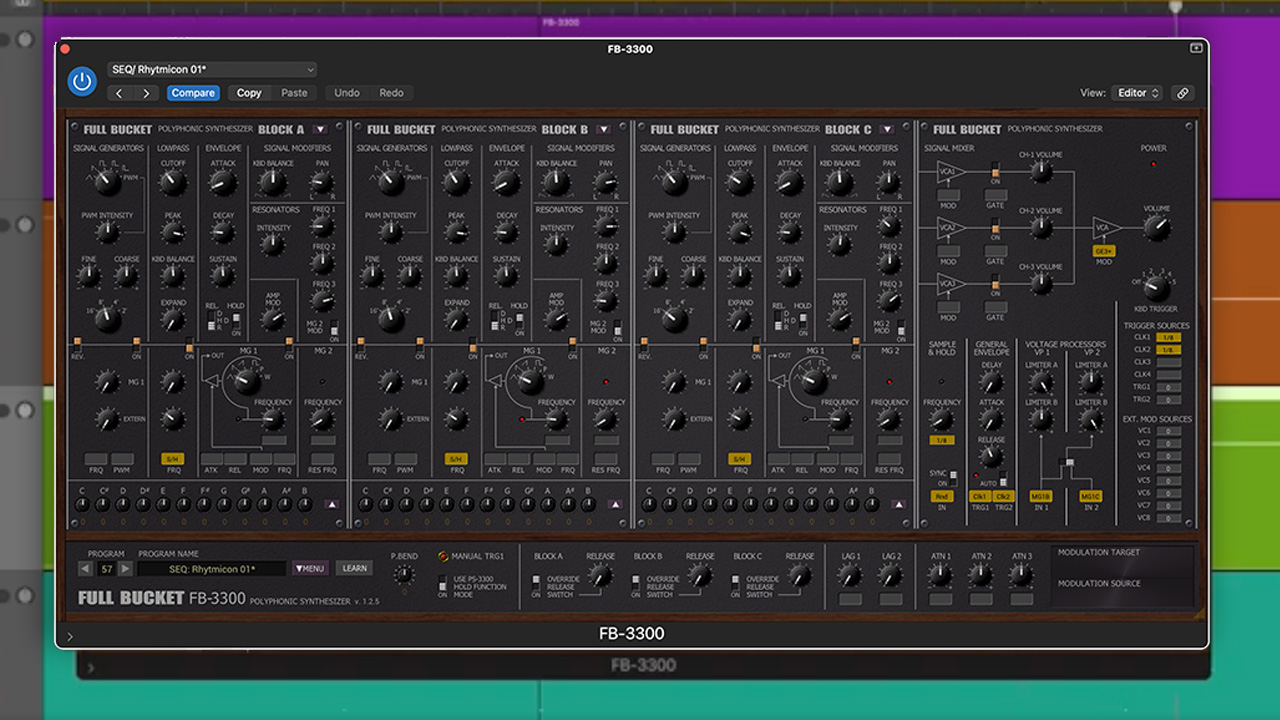How to grasp the mechanics of polysynths vs monosynths
Follow this easy step-by-step tutorial
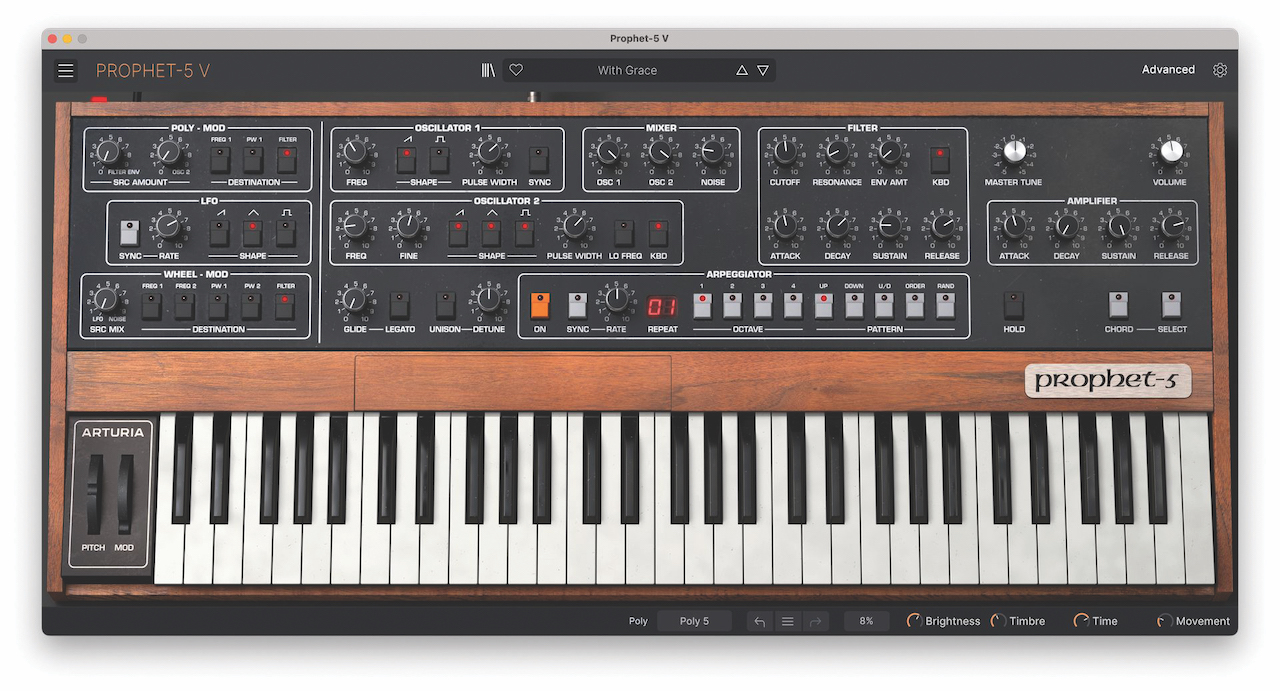
There’s a lot of confusion when it comes to voices, oscillators and notes, so we’ll start this polyphonic tour by hitting the subject head on...
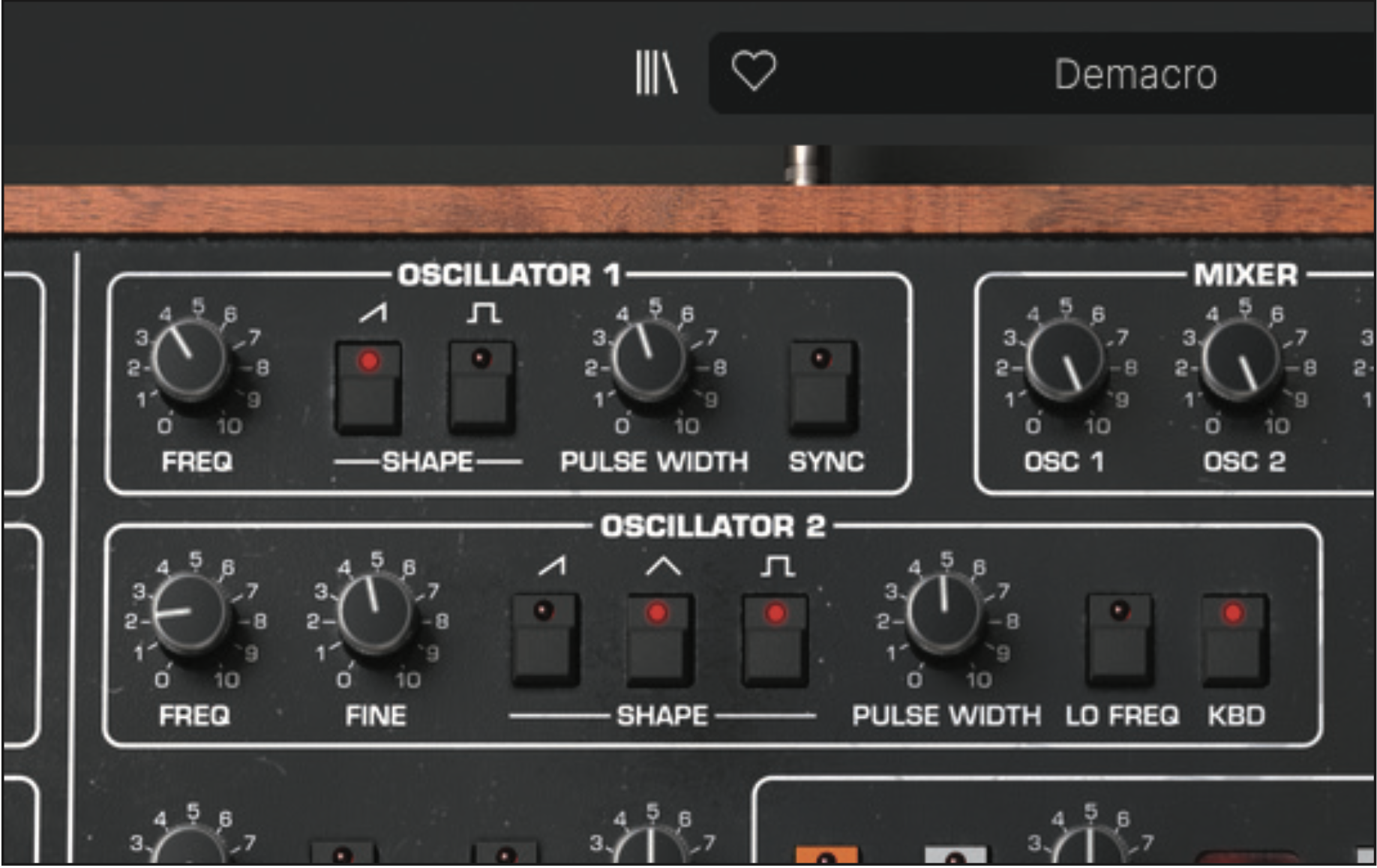
First up, the oscillators that generate the waveforms are the core components of an analogue synth. Here are those from the iconic Prophet-5 polysynth (c/o Arturia).
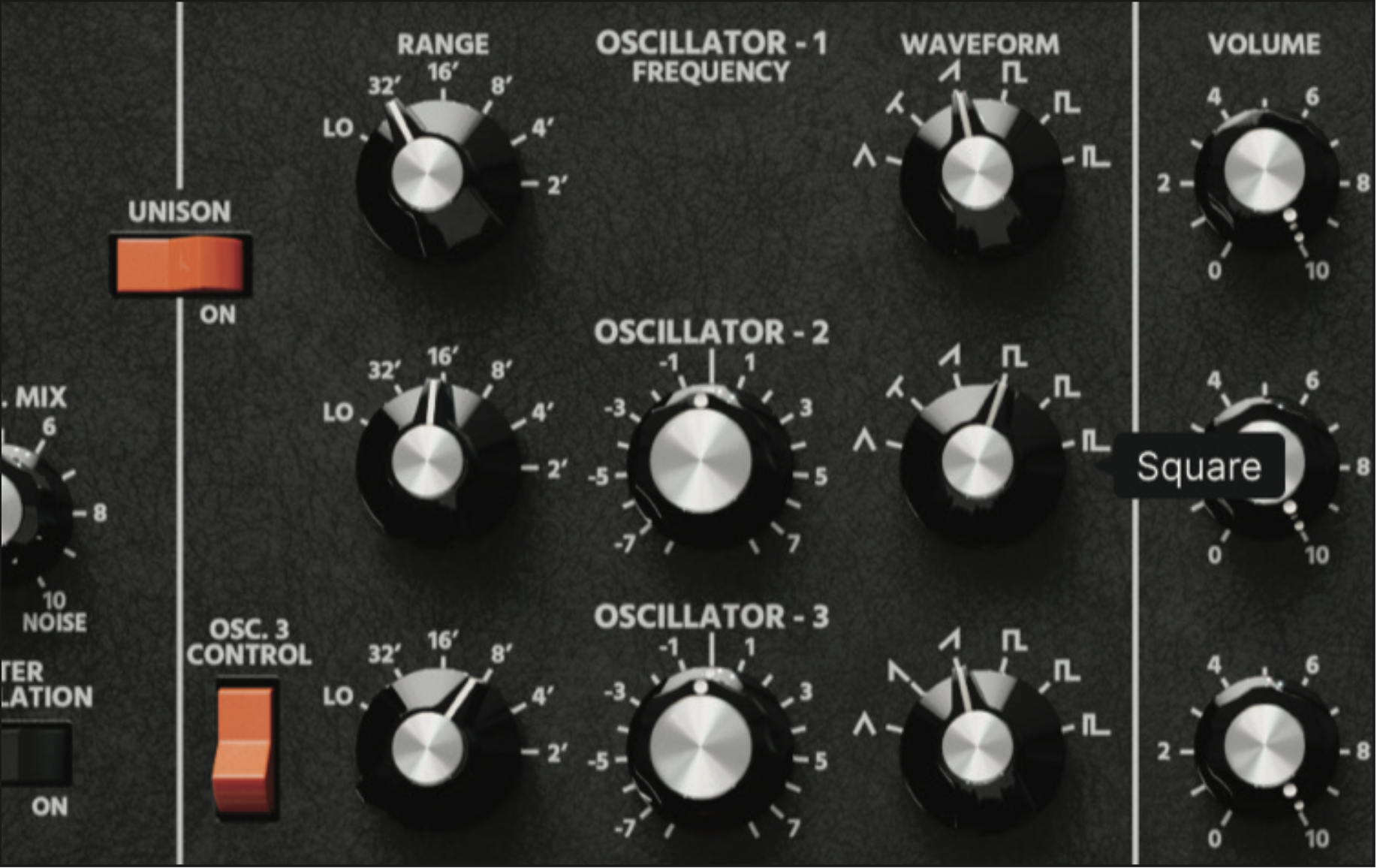
The waveforms generated on a typical subtractive polysynth will be similar to those on a monosynth – they use the same synthesis principles. These waveforms are from a Minimoog but they’re similar shapes to those on the Prophet-5 (step 1). (Note the square wave selected on OSC2 is available on both oscillators on the Prophet-5.)
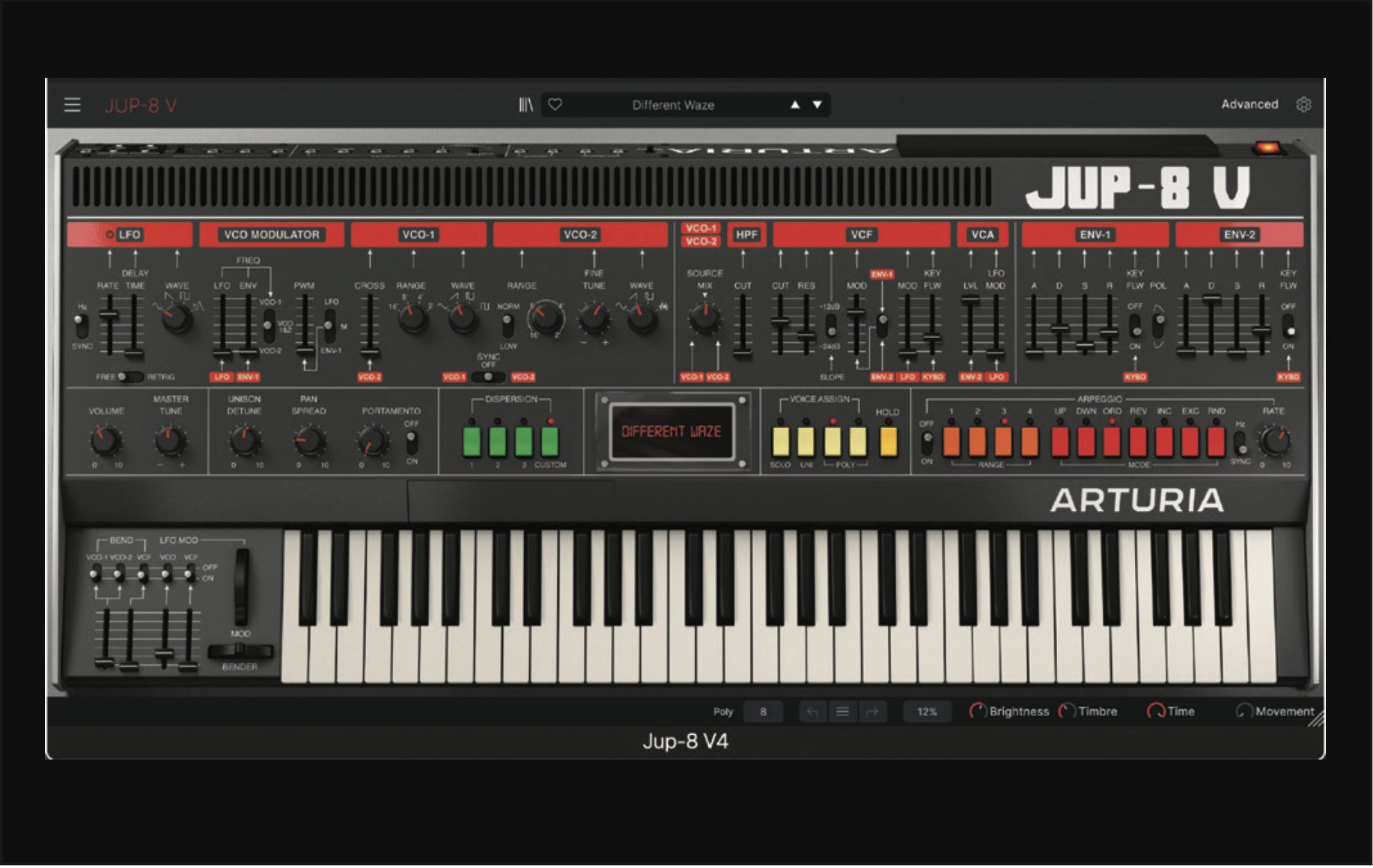
When it comes to monophonic versus polyphonic synths, the core of everything comes down to the number of voices on a synth, not the number of oscillators. These might be very different figures! A monophonic synth has just one voice; the legendary Jupiter-8 has eight (the eight in its name).
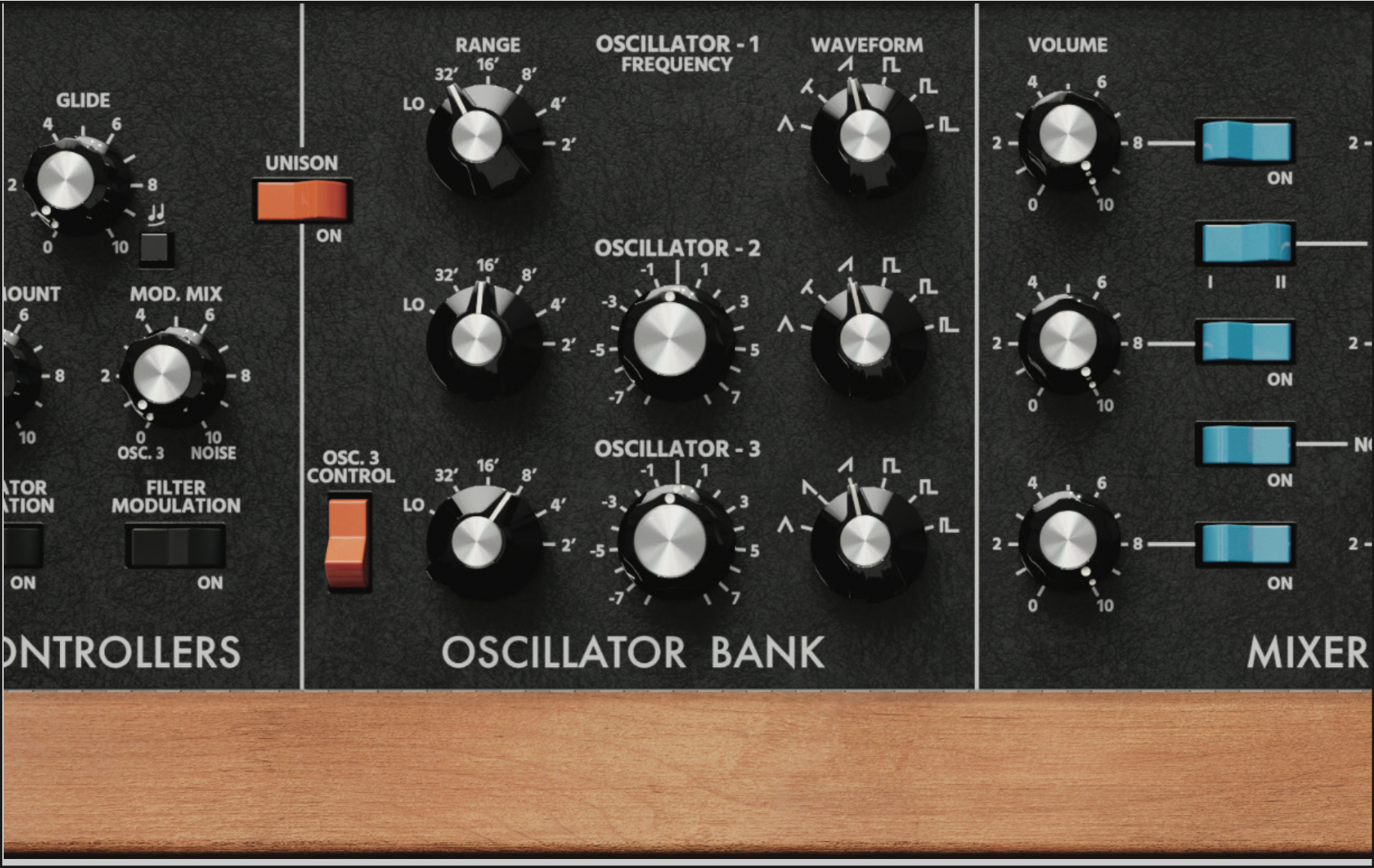
Confusion arises because, while a monosynth has a single voice, it might have more oscillators. The Minimoog famously has three, all generating waveforms, but these are passed through a single signal chain, so a single note is played. This explains why the Mini has its famous fat sound: it uses a lot of oscillators to generate just one voice.
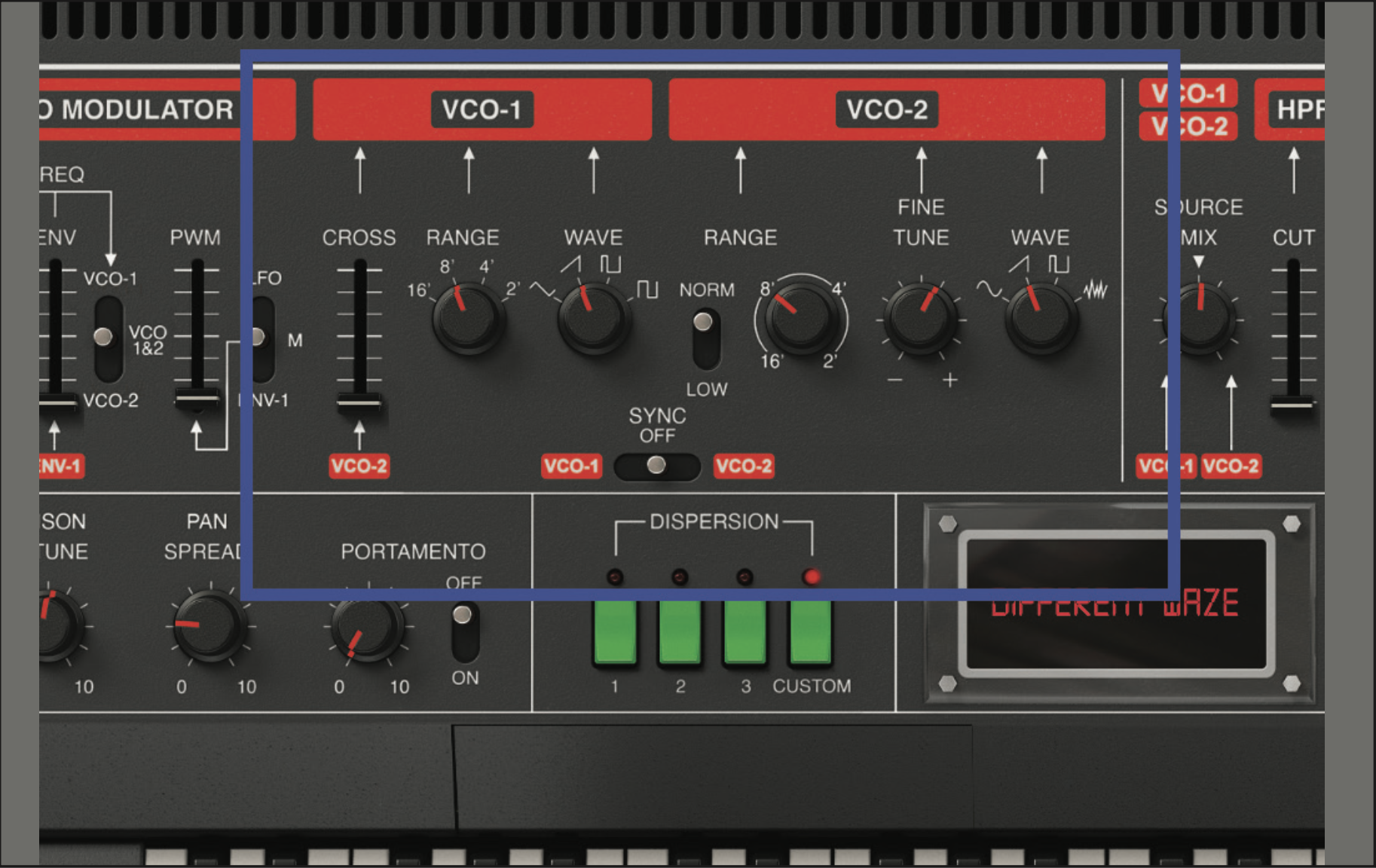
More confusion comes in when you take a typical polysynth. And while its voice count might be eight, so you can play eight notes at once, it only has two oscillators, all evident again on the famous Jupiter-8.
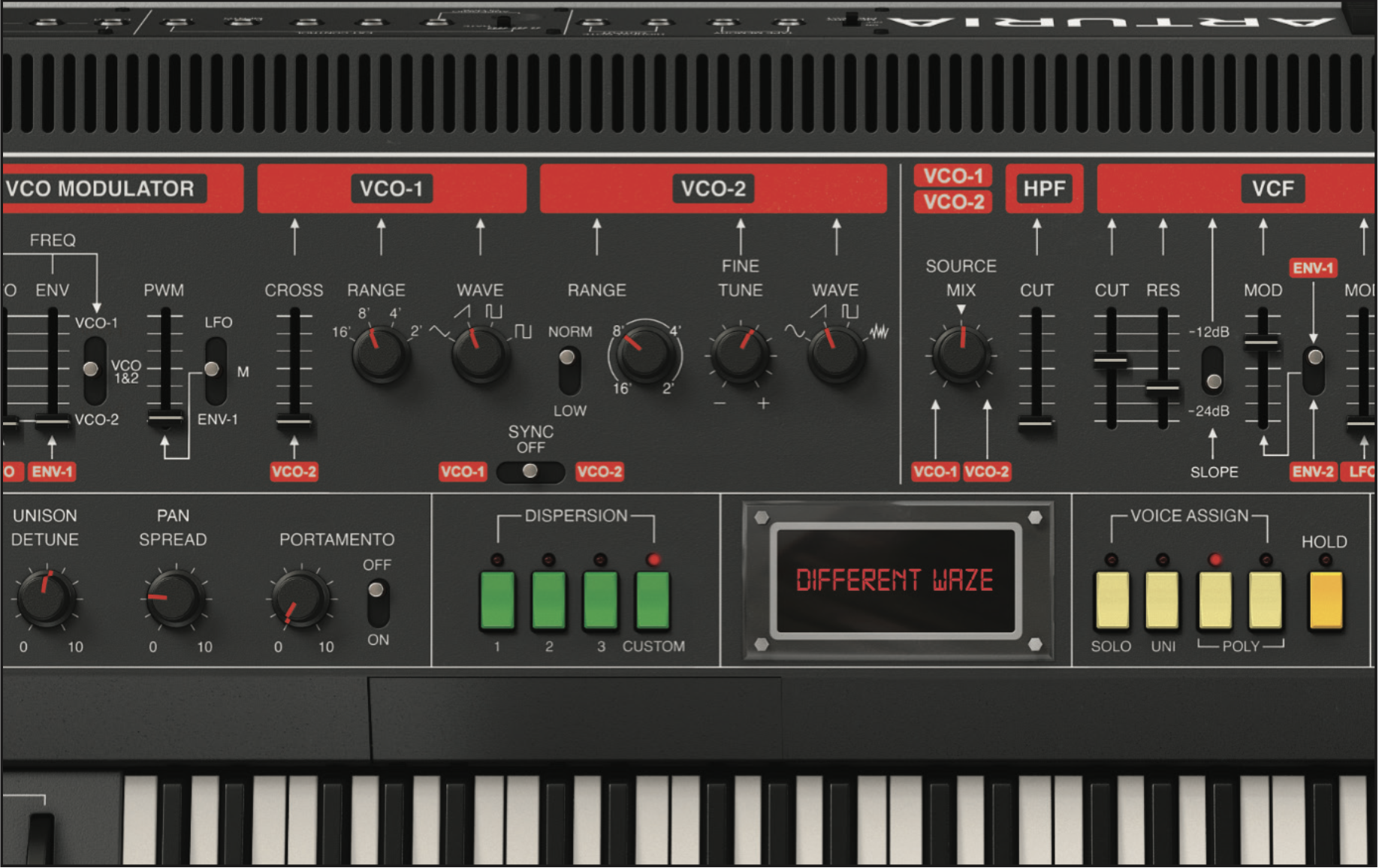
The important factor is that each of these eight voices can access two oscillators, so while the synth might only have two oscillators shown on the front panel, it actually has 16 under the bonnet. So you can play up to eight notes/voices, triggering up to 16 oscillators.
Get the MusicRadar Newsletter
Want all the hottest music and gear news, reviews, deals, features and more, direct to your inbox? Sign up here.
Andy has been writing about music production and technology for 30 years having started out on Music Technology magazine back in 1992. He has edited the magazines Future Music, Keyboard Review, MusicTech and Computer Music, which he helped launch back in 1998. He owns way too many synthesizers.

